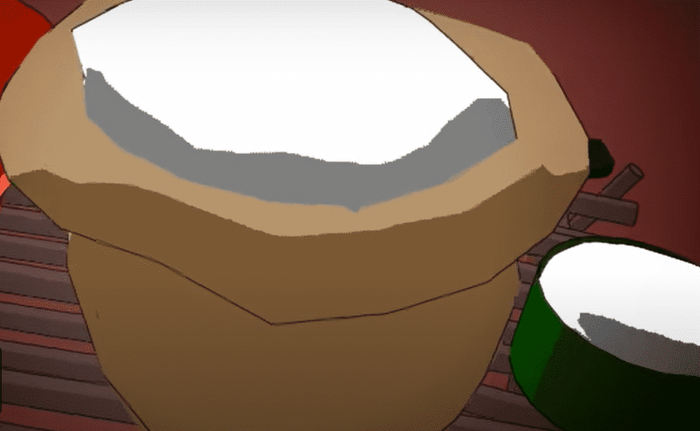Bitter cassava has poison and its flour needs to be processed well before eating. Eating improperly processed bitter cassava flour causes poisoning soon after eating it.
Take the quantity of flour that you want to cook and put in a pan or basin and smoothen out the surface and mark its height using a knife then add clean water little by little as you stir until the flour is wet and at the same level as the dry flour but the flour should not not be to wet as porridge and should also not have flour balls.
Spread the flour on a clean surface using a spoon or hand so that its thickness is less than that of a finger nail then leave the flour in the sun for 2 hours or in the shade for 5 hours.
Boil water in a pan and add the treated flour until you get the right consistency.



















